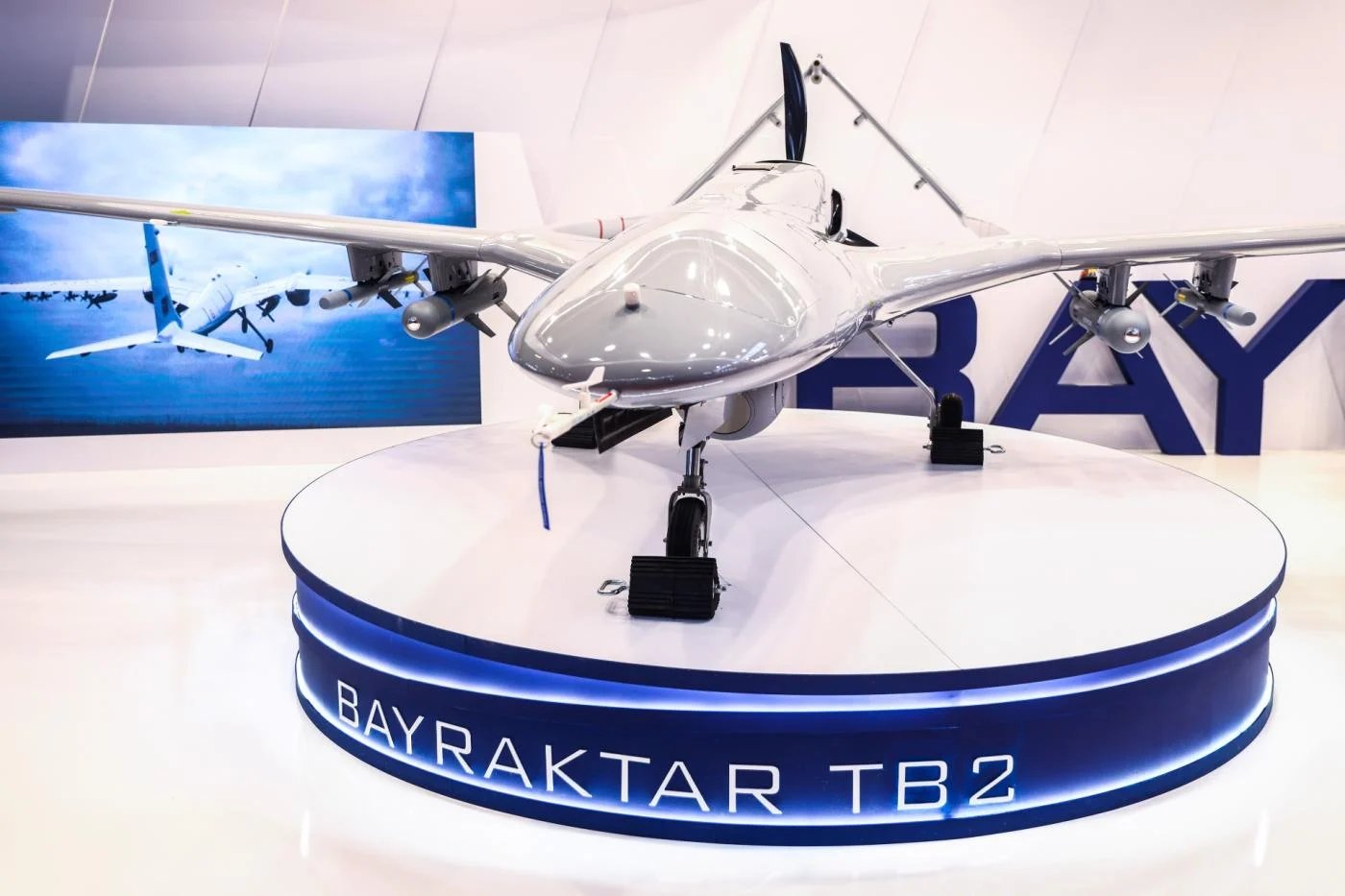Japan is facing the compulsion of safeguarding its airspace against intrusion by unwanted sources. During 2021, Japan recorded 1,004 such intrusions, which made its air force scramble fighter jets to scare away the violators.
In February, an alleged Chinese spy balloon was spotted over the eastern coast of the US. First, China disowned it and later said it was meant only to gather weather data. When the contents were scrutinized after the balloon was shot down, espionage equipment was found.
This episode has exacerbated Japan’s anxiety that air maneuvers by the Chinese aircraft could be running the same game as the balloon did in the US. We know that China has increased military operations close to the American security sites in the region.
Japan has been contemplating a strategy to scare intruding aircraft effectively. The option of using drones has received approval from policy planners. As we see, drones are becoming a new and modern war instrument, although initially, such crafts were meant only for civilian use, like spraying crops to save them from locusts.
The effective role played by the Turkish drones called Bayraktar in the Azerbaijan-Armenia conflict could be called the beginning of using drones as a war weapon. With the outcome of that fight, many countries diverted to manufacturing advanced drones.
Some countries had already started producing drones in their factories, and the result of the fighting in the trans-Caspian states became the catalyst for them to upgrade their drone production industry.
Considering the Chinese intrusion into Japanese airspace almost routinely, Japan had to think of protecting sovereignty over its airspace, which meant taking measures that would forestall any attempt of a foreign aircraft to intrude. As a sovereign state, Japan can plan for airspace security.
The Nikkei Asia of March 5 disclosed that Japan’s Self-Defense Forces (SDF) are contemplating sending drones instead of manned fighters to shoot down foreign aircraft close to Japanese airspace. Cost-wise, scrambling jets to ward off drones is estimated to be 40 times more than deploying drones.
Japan’s Reaction
According to reliable sources, Japan is considering purchasing Bayraktar TB2 drones from Turkey or the US-developed MQ-9 Reaper. Both of these types can identify the encroaching aircraft’s model and specification. Manned fighters would be sent to disable the drone if the threat of attack is high.

It must be remembered that Japan announced multifold improvements in its defense production and strategy at the beginning of the year. It allocated a higher budget for the defense department that had never been done before.
Around an 8 percent rise in the defense budget was officially announced. Drones form a crucial strategy in Japan’s three national security documents, updated by the end of the last year.
In an article titled “How a China vs. Japan air war would be fought,” published in Asia Times on May 23, 2022, the writer, Gabriel Honrada, brought out the threat perception of Japan.
He wrote that new satellite photos from Xinjiang show China may be practicing attacking Japan’s Boeing E-767 Airborne Warning and Control System (AWACS) aircraft, as recently reported and assessed by Nikkei.
The E-767, operated exclusively by Japan, can spot fast, low-flying aircraft and missiles that ground-based radars would struggle to decipher through ground clutter until too late.
They also function as command posts that share information between friendly aircraft and vector fighters toward their targets. Japan has operated four E-767 planes based at Hamamatsu Air Base since 2000.
The E-767 has a flight range of 9,000 kilometers and a top speed of 800 km per hour at high altitudes.
China’s Target
Why would China target the Japanese AWACS? That is a pertinent question. Without its AWACS planes, Japan would lose the ability to break into the open Pacific in a flanking maneuver against Taiwan.

The emphasis on targeting AWACS planes may hint at the operational system. China’s approach towards system warfare, whose focus is not on destroying enemy forces on the battlefield, is the destruction, disruption, and paralysis of the operational capability of the enemy’s system.
The destruction of Japan’s AWACS planes would likely profoundly affect its missile defense and aerial combat over the Ryukyus. This would seriously impair Japan’s capability of countering China’s cruise missiles and aerial launching, indicated Japanese Minister Yoshimasa Hayashi at a parliamentary meeting this month.
Japan had announced its intention to acquire a long-range air-launched cruise missile (ACM) that can be fired from beyond the range of enemy air defenses.
It also plans to equip its F-35A fighters with the Joint Strike Missile (JSM) and modify its F-15 fighters to carry Long-Range Anti-Ship Missiles (LRASM) and extended-range Joint Air-to-Surface Standoff Missiles.
The two types mentioned above of missiles have a range of 500 kilometers and 1,000 kilometers, respectively. The missiles can counter-strike against China as tensions mount in the East and South China Seas.
But without the wide-area radar coverage of AWACS, these cruise missiles-laden F-35 and modified F-15s would be much more vulnerable to Chinese air superiority fighters such as the Su-35 and J-20.
Chinese fighters may attempt to break up these strike packages by separating Japan’s air superiority fighters from the cruise missile-carrying F-35As and modified F-15s, leaving the latter unprotected and vulnerable to attack.
In the final analysis, there seems to be a real cause for Japan to be worried about the foolproof security of its air space in light of the dangerous designs of China. China would want to paralyze Japan’s air power in case of war with Tokyo.
However, one thing remains to be looked into. Japan is an important member of Quad-4. The air security plans of Quad-4 for the three countries of the Indo-Pacific region, namely Australia, Japan, and India, remain to be seen.
- KN Pandita (Padma Shri) is the former Director of the Center of Central Asian Studies at Kashmir University. Views expressed here are of the author’s.
- Mail EurAsian Times at etdesk(at)eurasiantimes.com
- Follow EurAsian Times on Google News




